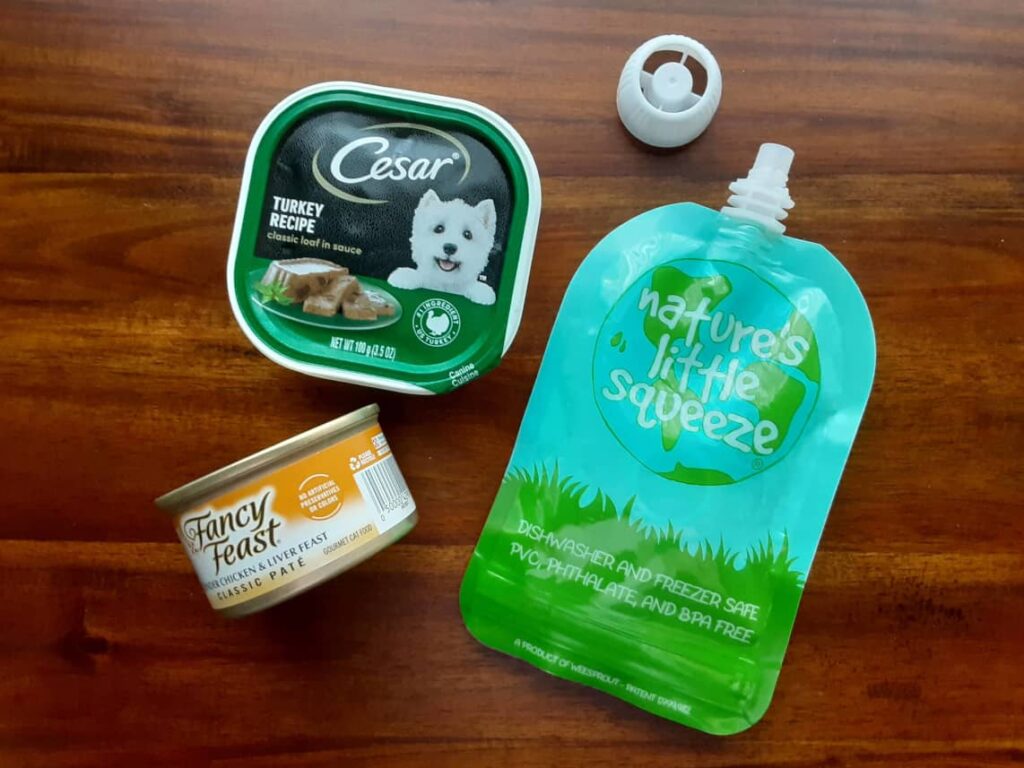Friendly, sweet-natured Periwinkle spent the pandemic years holding down a sofa, a commitment on full display the afternoon I met with her owner. She did not budge when I knocked on the front door and, amazingly, did not bark. Around the open living area were bags of dog food and assorted treats, most within reach yet she did not raid the supply. This placid 2-year-old Lab was a marvel.
When asked about her behavior outside the home, the owner claimed his dog was calm, steady, and “pretty good” on a leash. Periwinkle’s fleshy belly gave me doubts about the pretty good part.
When I arrived for our first walk, she happily abandoned the sofa to join me at the front door. The leash was attached and the door knob was turned. As soon as the opening reached Periwinkle-size, she lowered her body and barreled through the doorway only to be stopped short by the leash. That was bad. The walk that followed was worse. My pockets were stuffed with treats from her favorites collection yet none of them could out-compete the sheer joy of being outdoors. Periwinkle pulled like a husky in a sled race.
Fair trade
For our second outing I showed up with higher value food and practiced exiting the apartment a few times to encourage Periwinkle to slow down and think. Outdoors she was all impulse, no self-control. After consistently rewarding her yank-free exits, Periwinkle was on my side. She wanted the food; I wanted to walk upright.
Though the pace was clearly difficult for her, she doled out cooperation a few steps at a time in exchange for food as we made our way around a parking lot. By the fourth day this big, impetuous dog was choosing to stay near me while gamboling like a puppy. I felt the same way. Three weeks later and three blocks away, Periwinkle was free walking in an open field at the end of a 12-foot leash, sniffing a bounty of odors. For the most part our outings had become self-rewarding.
The photo was taken the last time I walked Periwinkle. From the beginning I knew her owner was planning to move out-of-state in 6 months. Instead it happened within two. Best wishes to my friend Periwinkle for a long and happy life.
Did you know?
I trained new leash behavior because the risk of bodily harm was too great. Periwinkle learned there was an alternative to drop & drag while continuing to bolt through doorways and pull her owner as hard as she could mornings, evenings, and weekends.
And that’s because training is not transferable. Every handler has to put in the time. The good news is that once a dog learns how to cooperate on a leash with one handler, the same learning will be offered to anyone willing to invest patience, persistence, and yummy rewards until walking together becomes the dog’s habit.

Pictured is the food pouch I used to reward Periwinkle. She was a bit of a shark and the pouch offered fast, finger-saving delivery, plus leftovers can be stored in the fridge. To prevent clogging the tube, I use pâté pet foods, squeezing out up to a half inch for small/medium dogs and about an inch for large dogs. Success during the early days of training requires lots of reinforcement. However generous you choose to be, the food needs to outlast the walk. Otherwise the dog will revert, pulling both of you back to the beginning. If you need help getting started, find a trainer at the Association of Professional Dog Trainers.



